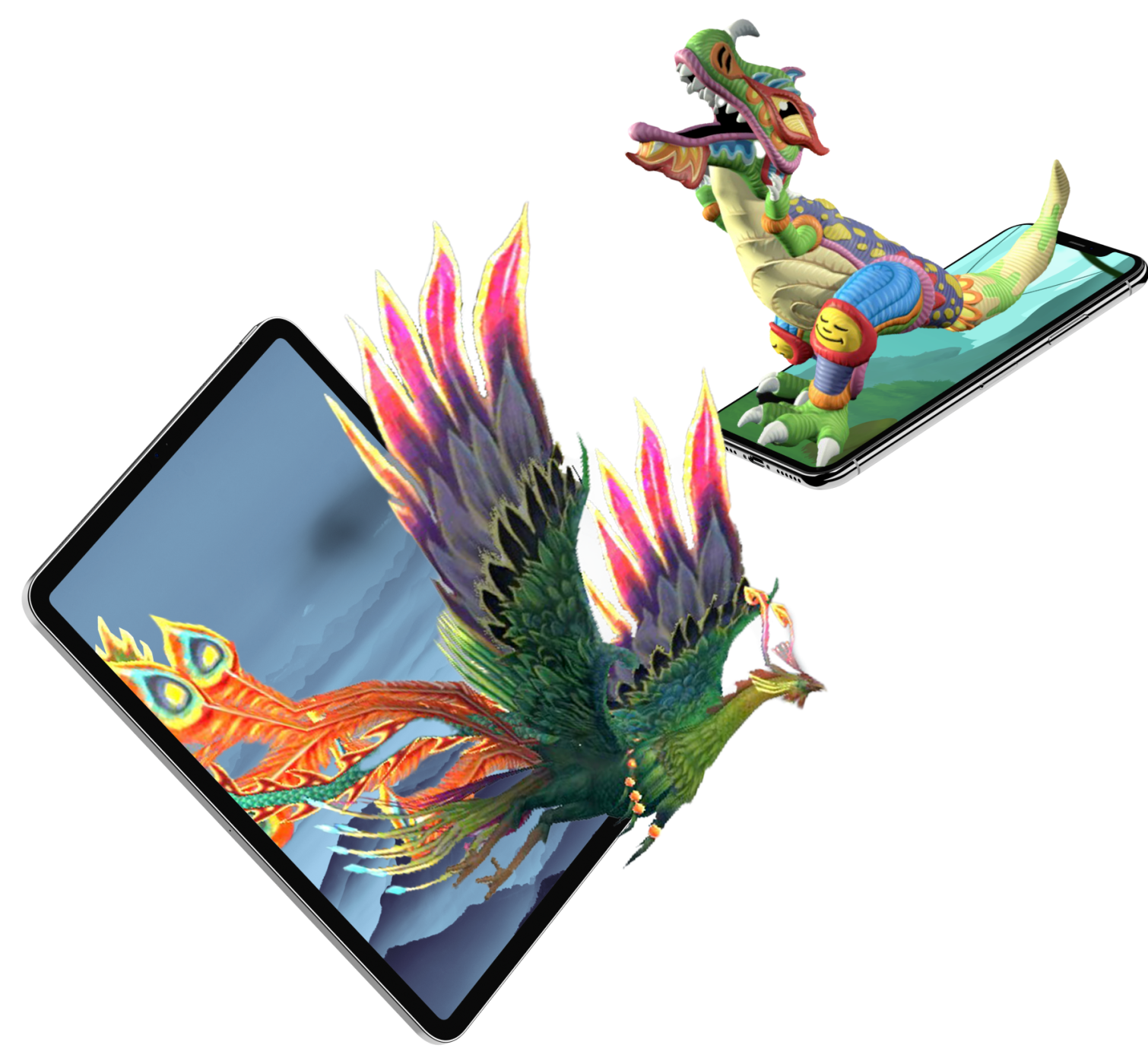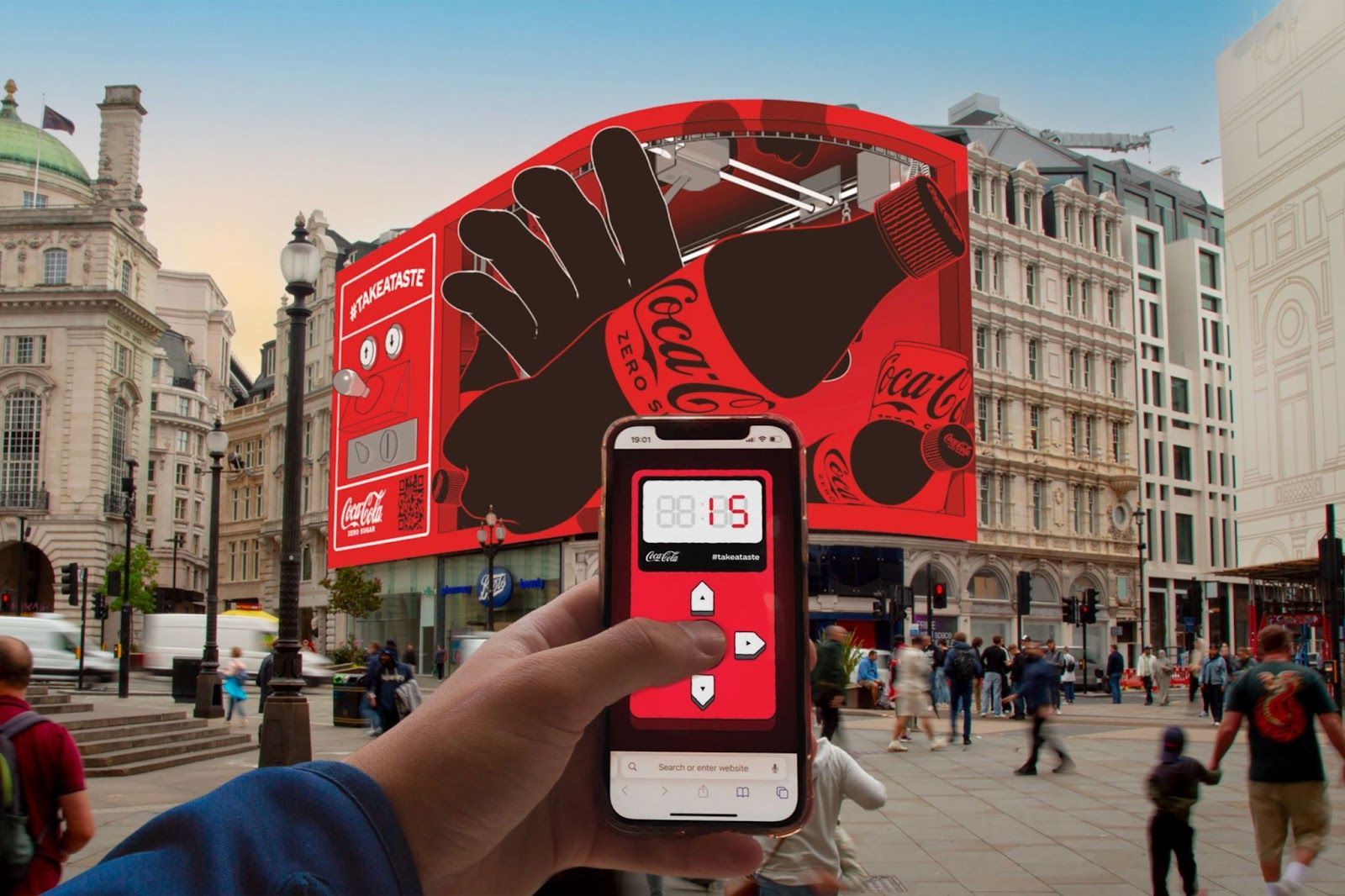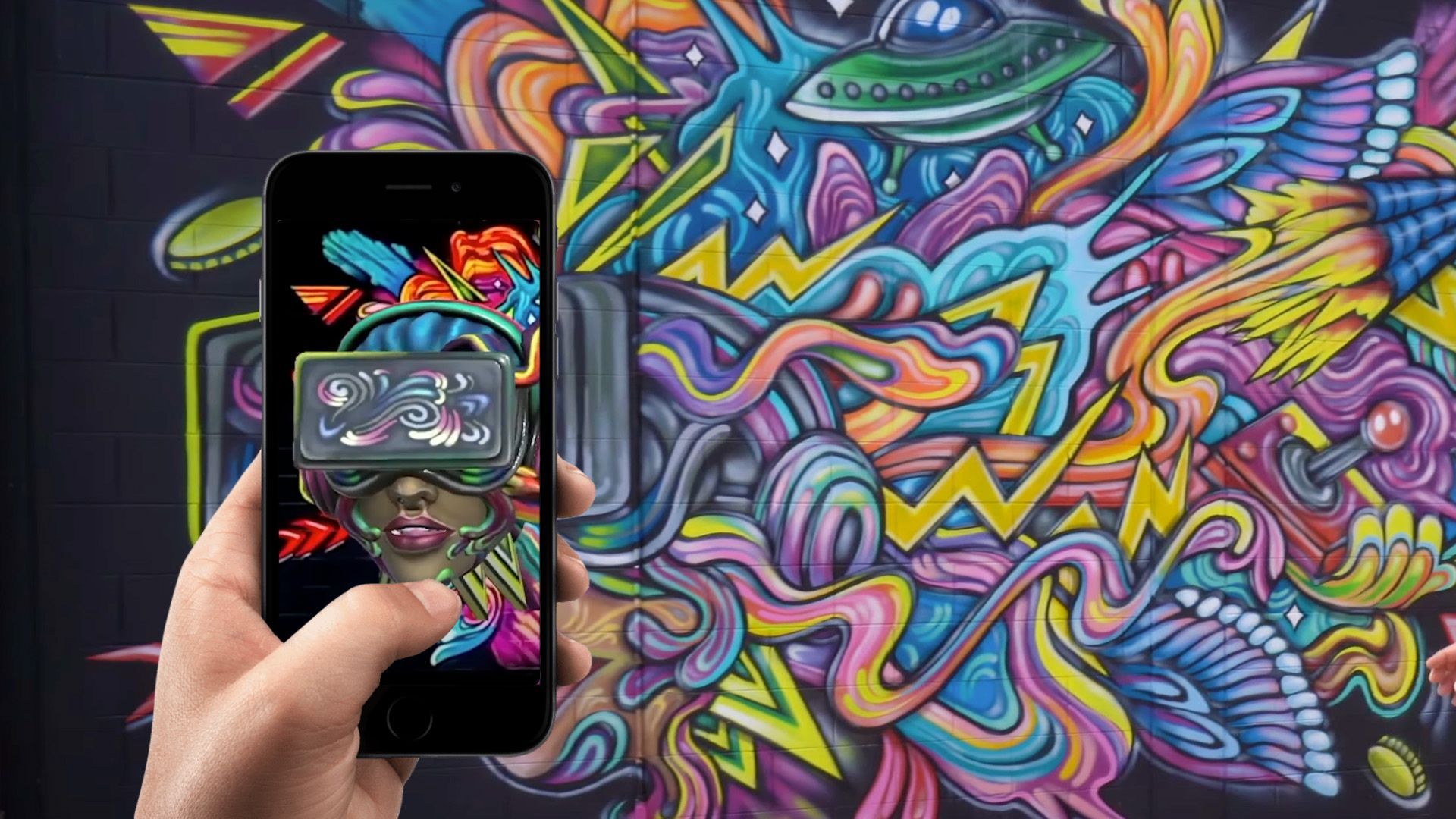How Augmented Reality is Revolutionizing Customer Experience
Augmented reality (AR) is a game-changing technology that bridges the gap between the physical and digital worlds. No longer just a futuristic concept, AR is revolutionizing customer experience (CX) across industries. By overlaying digital information onto real-world settings, businesses create immersive and interactive experiences that captivate customers, drive conversions, reduce returns, and streamline support processes.
This article delves into how AR enhances personalization, revolutionizes product visualization, transforms customer support, and redefines the retail experience. We will also explore the challenges businesses face when implementing AR solutions and look ahead to the future of AR-driven customer experience.
Enhancing Personalization Through Augmented Reality
One of AR's most powerful aspects is its ability to deliver tailored shopping experiences. AR technology empowers customers to interact with products in a highly personalized way, eliminating guesswork and increasing confidence in purchasing decisions.
Real-World Examples: Wayfair and Sephora
- Wayfair’s 3D Room Planning Tools:
Furniture retailers like Wayfair are using AR to help customers visualize how products will appear in their spaces. With 3D room planning tools, shoppers can modify colors, sizes, and configurations in real time. This immersive experience helps customers make more informed decisions and significantly reduces product returns by as much as 40%. - Sephora’s Virtual Makeup Trials:
In the cosmetics industry, AR is revolutionizing the try-on experience. Sephora’s virtual makeup trials allow customers to explore various lipstick shades, eyeshadows, and other products using their smartphone cameras. This interactive method eliminates the uncertainty of online purchases, enabling customers to see how products will look on their skin before deciding purchase.
These personalized AR experiences help brands build deeper connections with customers, fostering trust and enhancing overall satisfaction.
Revolutionizing Product Visualization
AR is redefining consumer interaction with products by offering 360-degree visualization and interactivity. This shift from static images to dynamic, interactive displays is bridging the gap between online and in-store shopping.
Transformative Applications of AR in Product Visualization
- 360-Degree Product Views:
Retailers can now provide customers with a comprehensive look at their products. For instance, Amazon’s Virtual Try-On for Shoes allows shoppers to view footwear from every angle, simulating different lighting conditions to offer a realistic sense of how the product will appear in real life. This enhanced visualization builds trust, improves the shopping experience, and reduces the likelihood of returns. - Interactive In-Store Displays:
Leading brands like Nike have integrated AR into their physical stores by incorporating interactive displays. Shoppers can scan QR codes to access archival content and exclusive behind-the-scenes footage related to products, creating a more engaging and memorable brand experience. - Increased Consumer Engagement:
Studies indicate that a significant percentage of shoppers—over 70%—are more likely to purchase when given the option to interact with products using AR. The ability to visualize items in a real-world context and interact with them digitally makes the shopping experience more compelling and informed.
AR's enhanced product visualization capabilities elevate the customer experience and give retailers a competitive edge in today’s dynamic market.
Transforming Customer Support with AR
Augmented reality enhances sales and product visualization and revolutionizes customer support by providing real-time, interactive assistance that simplifies complex troubleshooting and repair processes.
AR-Powered Remote Assistance
- Visual Guidance for Repairs:
Companies increasingly use AR overlays to guide customers through technical repairs and troubleshooting. For example, when a consumer faces an issue with a home appliance or electronic device, an AR application can superimpose detailed instructions and visual markers directly onto the product. This hands-on guidance leads to faster, more accurate repairs and reduces the need for in-person service calls. - Interactive Manuals and Tutorials:
Interactive AR manuals are becoming a standard feature in the consumer electronics sector. Imagine repairing a smartphone screen with an AR application that displays virtual arrows pointing to specific screws and components, while sensors indicate the correct pressure levels for tightening. This technology accelerates the repair process and empowers customers to handle minor issues independently.
Measurable Impact on Support Efficiency
Implementing AR in customer support has resulted in impressive improvements:
- First-call resolution rates have increased by 35%.
- Support call durations have decreased by 25%.
- The need for on-site visits has dropped by 40%.
These improvements underline AR’s potential to transform customer support by making it more efficient, interactive, and customer-friendly.
Immersive Retail Experiences: Merging Physical and Digital Worlds
The retail landscape is evolving rapidly with the advent of phygital (physical + digital) experiences. AR is at the heart of this transformation, enabling retailers to merge the best aspects of online convenience with the tangible benefits of in-store shopping.
Innovative AR Applications in Retail
- Virtual Storefronts and Fashion Shows:
Brands like PacSun are breaking new ground by using AR to create virtual storefronts. These AR-enhanced displays can project dynamic content—such as virtual fashion shows—onto physical surfaces, captivating passersby and creating buzz around the brand. - In-Store Navigation and Product Discovery:
Retailers such as Marks & Spencer have introduced AR-powered apps that simplify the shopping experience. Their List&Go app uses digital floor markers and overlays to guide shoppers directly to the products they’re looking for. This technology enhances the customer journey and boosts overall in-store efficiency. - Social Media Integration:
AR is also making waves on social media platforms. For instance, Gucci’s integration with Snapchat enables users to try on sneakers virtually, seamlessly blending social media engagement with interactive retail experiences. This strategy attracts a younger, tech-savvy audience and reinforces brand loyalty through immersive digital interactions.
These innovative AR applications are transforming the retail experience, creating environments where digital enhancements and physical interactions coexist to provide a richer, more engaging shopping experience.
Overcoming Implementation Challenges
While AR offers transformative potential, its implementation is not without challenges. Understanding these hurdles is essential for businesses looking to adopt AR technology successfully.
Key Challenges in AR Adoption
- Technical Complexity:
High-quality AR applications demand advanced 3D modeling, precise spatial mapping, and seamless integration with existing systems. These technical requirements can slow down development and increase initial costs, posing significant challenges for businesses. - Device Limitations:
Not every customer has access to AR-capable devices. Although smartphone technology is advancing rapidly, some consumers may still lack the hardware necessary to fully experience AR applications. This limitation requires businesses to develop solutions that are accessible across a range of devices. - User Adoption and Learning Curve:
Despite its benefits, AR can be unfamiliar to many users. Approximately one-third of customers may need guidance to use AR features effectively. To address this, companies are adopting progressive enhancement strategies, beginning with simple, web-based AR experiences and moving on to more sophisticated, app-based solutions.
Overcoming these challenges requires thoughtful planning and investment. By starting small and gradually scaling up their AR capabilities, businesses can ensure a smoother transition and maximize the benefits of this emerging technology.
The Future of AR-Driven Customer Experience
The future of customer experience is set to be profoundly influenced by the ongoing evolution of AR technology. With rapid advancements in connectivity, such as the expansion of 5G networks, and the development of lighter, more powerful AR devices, the possibilities for AR applications are expanding exponentially.
Emerging Trends and Innovations
- Real-Time Collaborative Shopping:
The next frontier in AR is real-time collaborative shopping, where customers can interact with friends or family in a virtual environment. Imagine shopping together virtually, with avatars representing each participant. This would enable shared experiences and instant feedback on products. - AI-Powered AR Assistants:
The integration of artificial intelligence with AR is paving the way for intelligent virtual assistants. These AI-powered AR assistants could analyze user behavior, such as eye movement or interaction patterns, to provide personalized product recommendations in real time. Such capabilities would further enhance the personalization of the shopping experience. - Persistent AR in Physical Spaces:
Future AR applications may offer persistent digital overlays that remain visible as customers move through physical environments. Using geolocation tags and advanced tracking, retailers could create continuous, context-aware experiences that provide product information and interactive content throughout the store.
Preparing for an AR-Driven Future
With the AR market projected to reach $80 billion by 2025, businesses that invest in AR technology today are poised to lead the way in customer satisfaction and brand loyalty tomorrow. Forward-thinking companies are already experimenting with AR solutions to address critical customer pain points—from reducing product returns to enhancing technical support. As AR technology continues to evolve, it will play an increasingly central role in shaping the future of retail and customer service.
Conclusion: Embracing the AR Revolution
Augmented reality is not merely a passing trend—it is a revolutionary tool that is fundamentally reshaping how businesses interact with their customers. AR creates an engaging and efficient shopping journey through enhanced personalization, immersive product visualization, innovative customer support, and transformative retail experiences.
The journey toward an AR-driven customer experience is not without its challenges, including technical complexity, device limitations, and the need for effective user onboarding. However, the benefits of AR far outweigh these obstacles. By embracing AR technology, brands can address real customer pain points, foster lasting relationships, and gain a competitive edge in a rapidly evolving landscape marketplace.
The AR revolution is well underway, and businesses that adopt this technology today will undoubtedly be tomorrow's market leaders. As AR integration becomes increasingly seamless with everyday shopping and service interactions, the future promises a more intuitive, engaging, and personalized customer experience.
References & Further Reading
- CMSWire on AR in Customer Service
- OnRemote: Augmented Reality in Customer Service
- Onirix: AR in Retail
- SupplyChainBrain: AR in Retail
- Surveysparrow on AR Customer Experience
- Bridgewater Studio on AR Benefits
- Forbes Councils on AR and CX
By harnessing the power of augmented reality, businesses are transforming customer experience today and paving the way for a future where shopping and service are more interactive, efficient, and tailored to individual needs. Whether through personalized try-ons, immersive displays, or real-time support, AR is revolutionizing how customers interact with brands, making the impossible possible.
TALK TO A PRO
We're here to bring your brand to life!
Stay Connected with BrandXR
Create Augmented Reality for Free!
Create, Publish, and Measure 3D Augmented Reality Experiences Without Having to Code.














